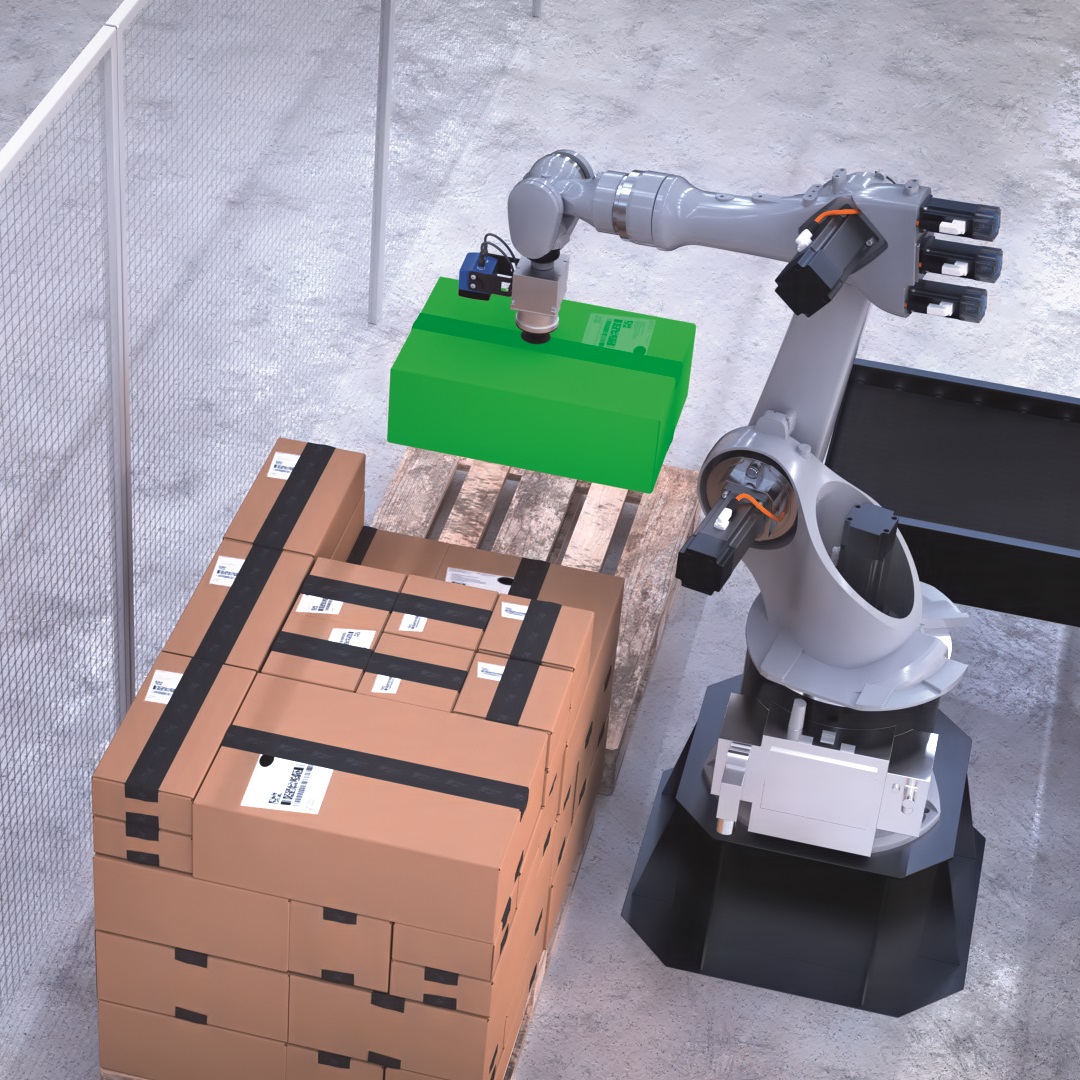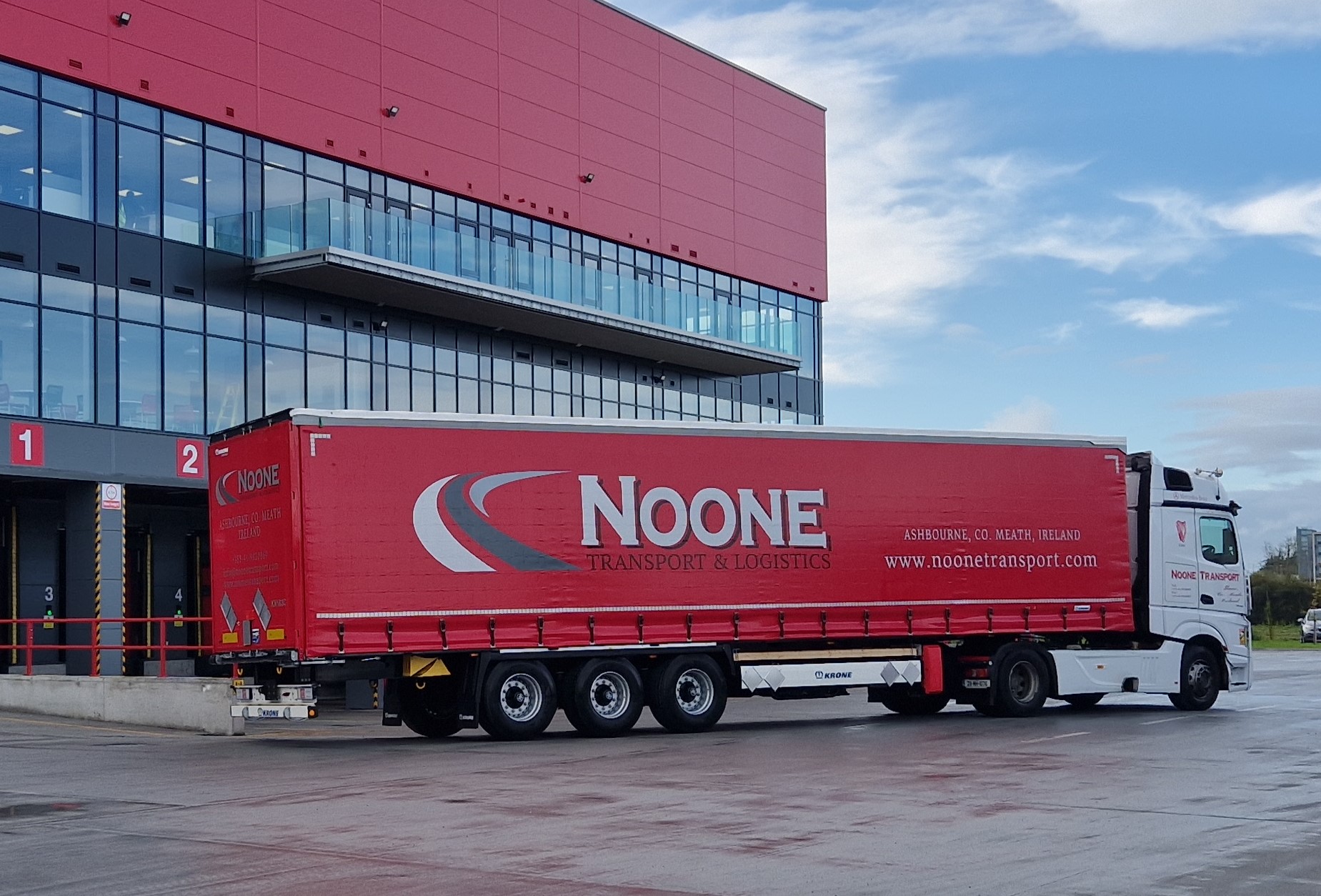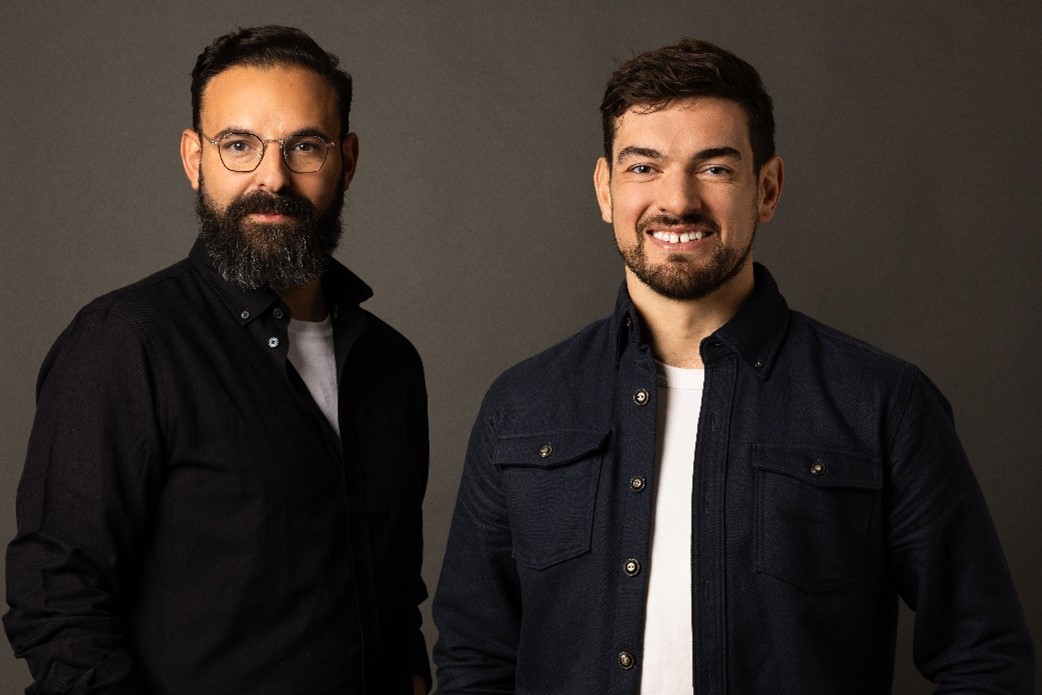At the height of the COVID-19 pandemic, organisations were forced to take bold steps to reconfigure their supply chains for the future, writes Nigel Pekenc (pictured), Specialist Partner, Operations and Performance Practice, and Anny Marcus, Associate at Kearney. With worldwide material shortages and logistics disruptions hindering operations across the globe, these shockwaves forced companies to rewire supply chains at short notice. The effect of this test is still being felt.
A return to the pre-pandemic status quo seems unlikely. The crisis revealed weaknesses in supply chains and can be better understood as a catalyst that forced organisations to make their networks more flexible and agile.
Yet, more than three years after the pandemic began, there is still an urgent need to address some of the challenges it raised and to reflect on long-term issues facing supply chains, such as geopolitical uncertainty and the effects of climate change. Meeting these challenges will require a ‘digital first’ approach and put pressure on organisations to start thinking about their supply chains through a ‘regenerative’ lens. This means looking at how their operations can contribute more to the world than they take, such as by embracing the principles of a circular economy.
The COVID-19 hangover
Today, many businesses are still struggling to predict demand after losing a steady baseline which traditionally helped them understand where and how supply chains were performing. Events in recent years, from the pandemic to geopolitical shocks, the economic slowdown in China and more, have highlighted pre-existing vulnerabilities and made forecasting progressively harder to set. As upstream material processors and downstream product assemblers struggle to set capacity and stock without a reliable history to base predictions on, the effects of sudden demand surges are amplified across the supply chain.
This ‘bullwhip pattern’ may have been measured in weeks before the pandemic, but economic constraints have moved these timescales back by months or even years. The result is that many companies are producing either too much or too little, with very few achieving the ‘Goldilocks’ optimum of the exact stock they need.
Long-standing geopolitical issues
Together with climate change and digitalisation, geopolitical changes are a driving force behind the rewiring of global value chains. Over the last few decades, countries such as China and India have had a cost advantage when it comes to manufacturing, resulting in a wave of deflation within the global economy. However, the normalisation of income levels worldwide is now prompting businesses to rethink where they base manufacturing and subsequent network reconfigurations.
Another contentious geopolitical element is the US’ gradual retreat from its role as the guarantor of international trade. As we move beyond the post-Bretton Woods norms of international trade, companies will need to adjust to the fact that supply chains are no longer based on free global trade assumptions and potentially adapt to a new, emerging world order. Tackling climate change and digitalisation
Climate change and digital transformation are two key priorities which are also driving the restructuring of global value chains.
The effects of climate change are already manifesting in wildfires, droughts, and other natural disasters. The volatility these natural disasters create produces shocks across supply chains, forcing organisations to manage the impact of climate variability on production and distribution processes. The renewed focus on reducing Scope 3 emissions will also drive many supply chain decisions in the medium and long term. This focus on sustainability stems from corporate targets, many of which have been set for 2030, as well as consumer demand for greater sustainability across the value chain.
In a similar vein, digitalisation has altered the building blocks of supply chains. With operations now integrated into a single platform and decisions optimised by computers, rather than people with spreadsheets – the dynamics of how supply chains operate are fundamentally different. It is still early doors, but large incumbents are contending with the challenge of quickly adapting legacy systems to a digital-first environment. On top of that, they’re now competing with new players who have already built supply chains from the bottom up, leapfrogging traditional industry leaders.
Working smarter, not harder
In light of these challenges, companies must find smarter ways to manage these risks. Considering a regenerative approach, alongside adopting digital solutions, will be critical to managing an intricate supply network. Organisations are now past the point of being resilient and need to consider themselves as inextricably interconnected with the societies and natural world in which they operate, and the value that they can add to this ‘ecosystem’.
For example, by optimising and even shortening supply chains, businesses will not only benefit from a faster process but will simultaneously minimise their carbon footprint. Such initiatives that enhance business efficiency while also reducing environmental and social impacts are the perfect example of a regenerative business model. According to our research, 45% of businesses are already operating a regenerative supply chain, and it is time that the rest followed suit.
Partnering with suppliers that hire from disadvantaged demographics in their local communities will also not simply provide a business with a necessary product, but will enable that company to ‘give back’ to areas that it invests in.
Digital solutions can also help businesses become more agile while seeking innovative and strategic approaches to navigate the complexities of the global marketplace. For example, technological advances can enable organisations to adopt a multi-shoring or bimodal supply chain. These strategies involve a main and redundant supply network. The main network would be a high-volume one located in higher-risk regions with lower labour costs, while the redundant network would be more complex, designed for lower volumes that still preserve key complexities and intellectual property. All these changes will be underpinned by data and leveraging it smartly will help companies stay ahead of the curve.
Dealing with a changing geopolitical environment, climate change, and digital transformation is both difficult and expensive to achieve, but the recipe for success will rely on using technology to do the bulk of the heavy lifting and adopting a regenerative approach to bolster the security and strength of a supply chain.










